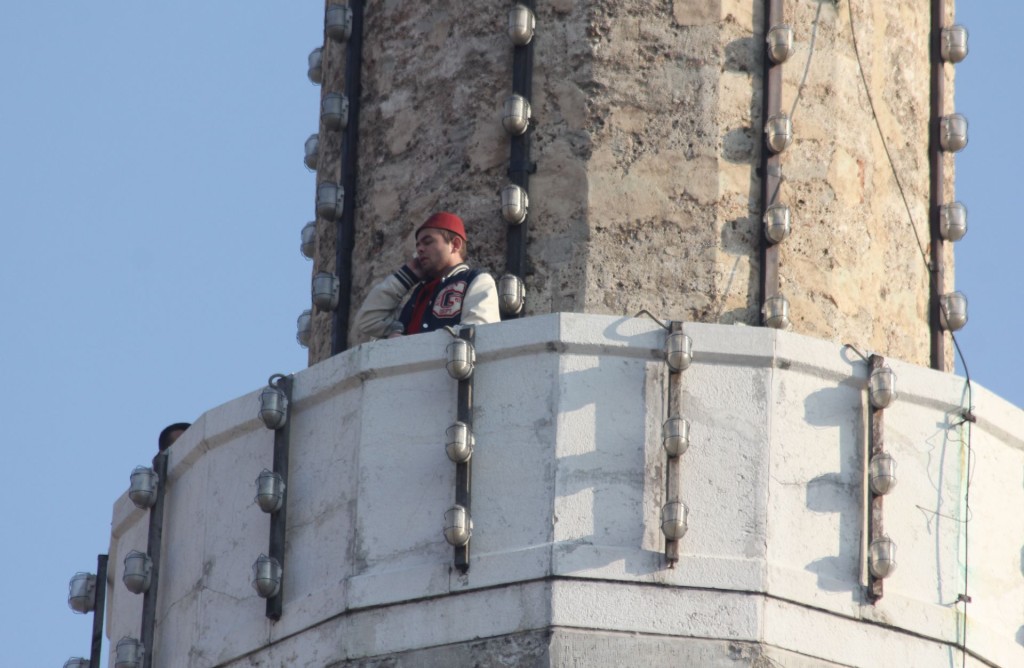 When you live in Podgorica, it is very easy to travel to Sarajevo, the capital of Bosnia and Herzegovina. Spending the weekend in this beautiful city is a great experience!
When you live in Podgorica, it is very easy to travel to Sarajevo, the capital of Bosnia and Herzegovina. Spending the weekend in this beautiful city is a great experience!
We took advantage of the sunny November weather and it took us 3.5 hours only (by car), or 250 km, to arrive in „another world“. The journey was thrilling: the winding road with numerous tunnels passed through the Piva and Tara canyons, reached Foča (see also: Amazing Foča) and continued through the mountainous scenery of Bistrica canyon to Sarajevo.
Many foreign tourists primarily visit Sarajevo to see the consequences of the Bosnian War (1990s). Obviously, the most popular place to visit is the Sarajevo Tunnel Museum. But although the scars – after twenty years – are still visible, Sarajevo offers much more than bullet hole strewn buildings and war souvenirs in the form of artillery casings transformed into vases and ballpoint pens made from sniper bullets.
In spite of the dominating Muslim influence (photo 1), in Sarajevo you can still step through centuries of diverse history: from Ottoman mosques to Austrian public edifices, from old „Yugoslav“ prefabricated buildings to modern glass skyscrapers.
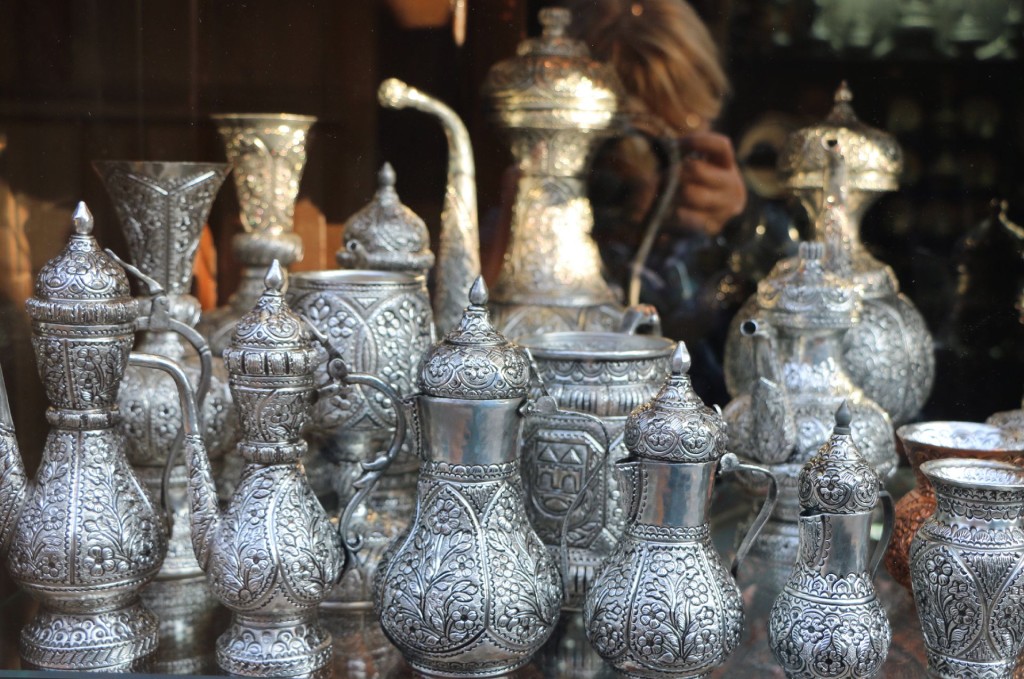 Just ignore the numerous graffiti and the garbage, don’t pay attention to the beggars and enjoy the charming atmosphere, the friendly locals and the delicious food.
Just ignore the numerous graffiti and the garbage, don’t pay attention to the beggars and enjoy the charming atmosphere, the friendly locals and the delicious food.
We booked the Old Town Hotel, situated in the middle of Baš Čaršija, the old Ottoman bazaar.
From our window we could see the Gazi Husrev Bey’s mosque, the only place from where the muezzin personally climbs the minaret and calls to prayer – also at 6 AM, so that we didn’t need an alarm clock… (photo 2).
Of course, the first district to visit was Baš Čaršija, the heart and soul of Sarajevo. We had lunch at „Željo“ (on Kundurdžiluk), the most famous restaurant for „čevapi“, finger shaped sausages served with pita bread and raw onions. Delicious!
The interior part of the Gazi mosque, built in 1532, was amazing. Of course, we also took a walk down Kazandžiluk Street, home to the city’s coppersmiths (photo 3). We saw the Sebilj Fountain on the „pigeon square“ and explored the Gazi Husrev Bey’s „Bezistan“, i.e. covered market building.
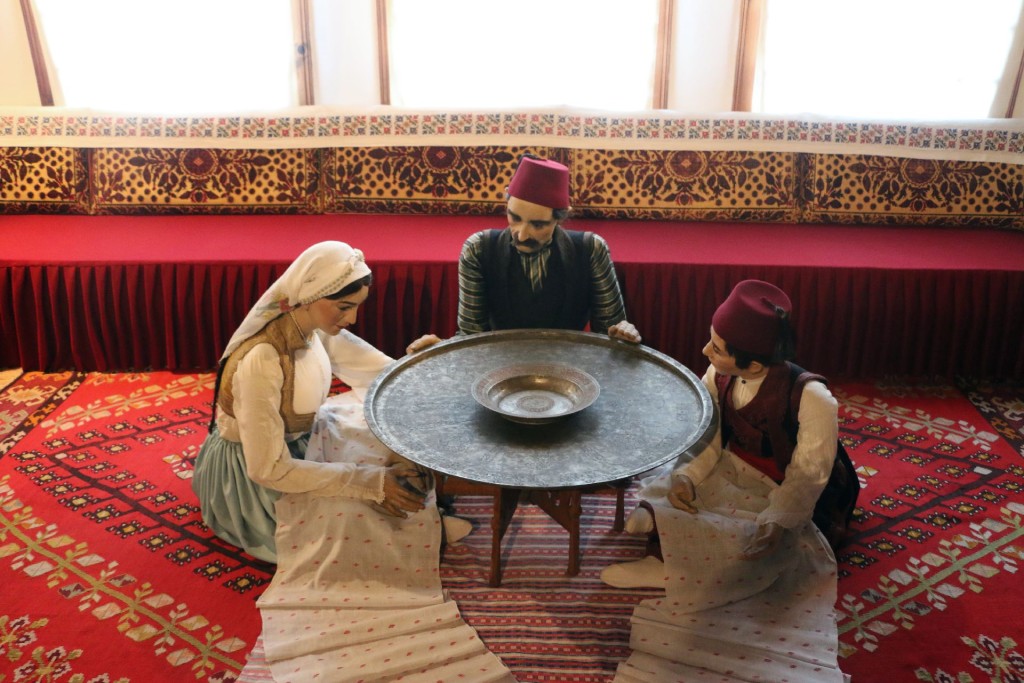 Continuing our walk through the busy Maršala Tita Street, we passed the catholic cathedral of Jesus’ Heart, two parks with war monuments and old Ottoman graves, and the beautiful Ali Pasha’s mosque.
Continuing our walk through the busy Maršala Tita Street, we passed the catholic cathedral of Jesus’ Heart, two parks with war monuments and old Ottoman graves, and the beautiful Ali Pasha’s mosque.
It was our goal to visit the National Museum in the new part of the city. I was astonished to see how Sarajevo is developing. There was a sharp contract between the huge and luxurious shopping malls, hotels and business centers – and the old and often dilapidated buildings in between them.
The Museum with its botanical garden was especially interesting for its exposition of medieval tomb-stones called „stećci“, guardians of a mysterious period in Bosnian history. But also the Ethnological Department with typical “Bosnian rooms” was worth a visit (photo 4).
It was a long and exhausting day. Finally we had a delicious dinner at „Nanina kuhinja“ (Kundurdžiluk 35, Baš Čaršija): Sarajevski sahan, consisting of various stuffed vegetables, and, of course, “tufahije”, a Bosnian dessert made of walnut-stuffed apples stewed in water with sugar and cream. An insider’s tip!
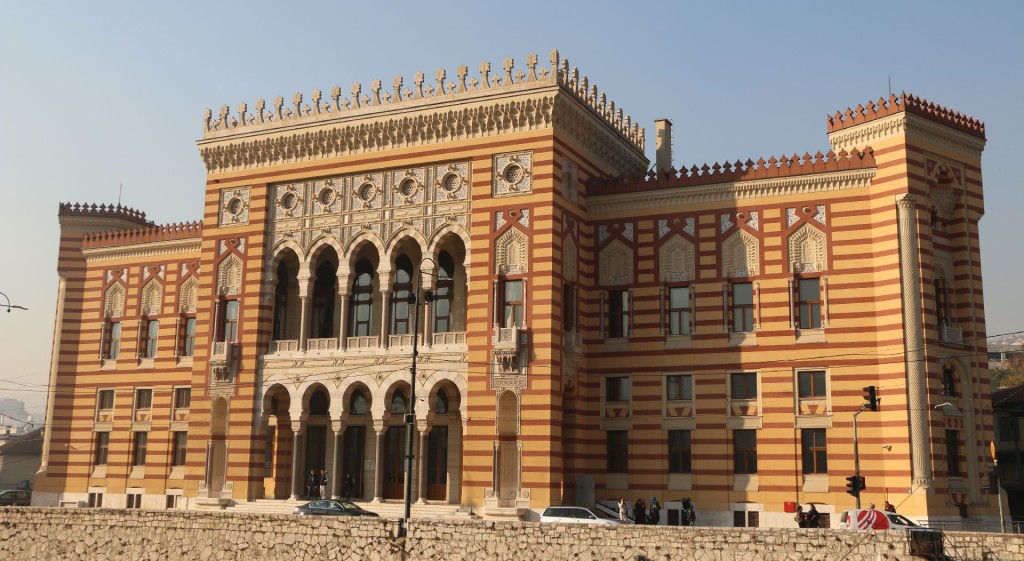 The next day was planned for other sightseeing. We walked along the Miljacka river, admiring the impressive public buildings in the Obala Kulina Bana street.
The next day was planned for other sightseeing. We walked along the Miljacka river, admiring the impressive public buildings in the Obala Kulina Bana street.
Opposite to the Latin Bridge, Gavrilo Princip assassinated Franz Ferdinand of Austria and his wife Sofia in 1914, ushering in the start of World War I. For a long time, Sarajevo was mostly known in the world for this assassination. You can learn more about this historical event at the Museum on the street corner near the bridge.
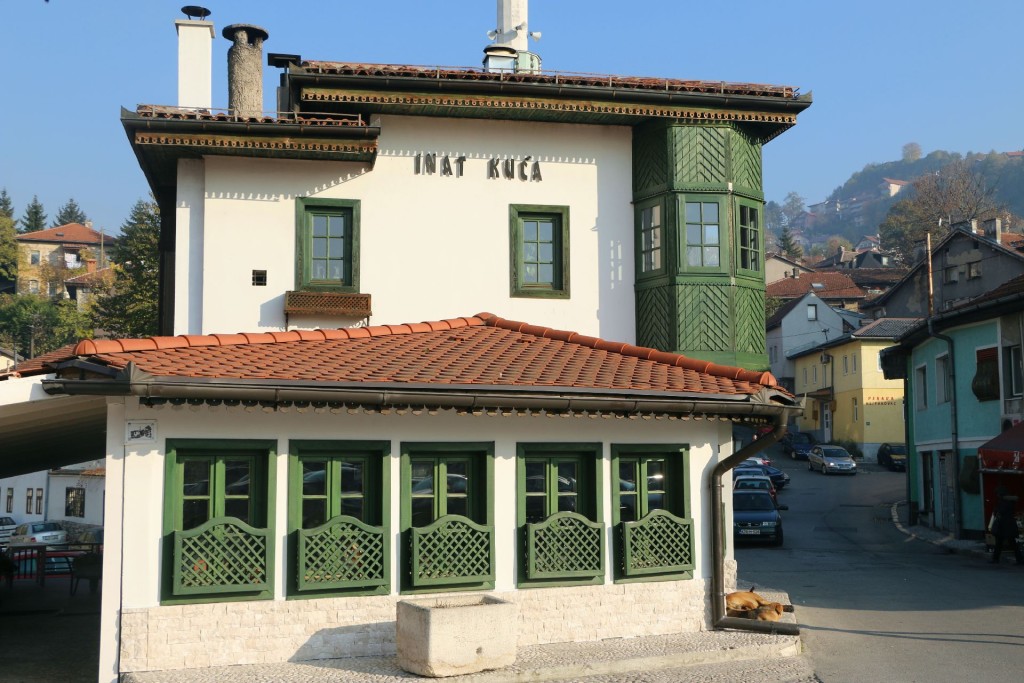 The most representative building from the Austrian-Hungarian period in Sarajevo is the City Hall, which accommodates the National Library. It was destroyed in 1992 by Serbian forces and many thousands of rare and precious books could not be saved from the flames. The building was restored and is now open to the public (photo 5).
The most representative building from the Austrian-Hungarian period in Sarajevo is the City Hall, which accommodates the National Library. It was destroyed in 1992 by Serbian forces and many thousands of rare and precious books could not be saved from the flames. The building was restored and is now open to the public (photo 5).
An interesting story could be told about the „Spite House“ (photo 6). This house had to be destroyed in order to build the City Hall in 1892, but the house owner, old Benderija, wanted the house to be moved, one by one brick, to the other bank of the Miljacka river, opposite to the City Hall. So it was done, and because of the spite of the owner, the house was named the Spite House or Inat Kuća.
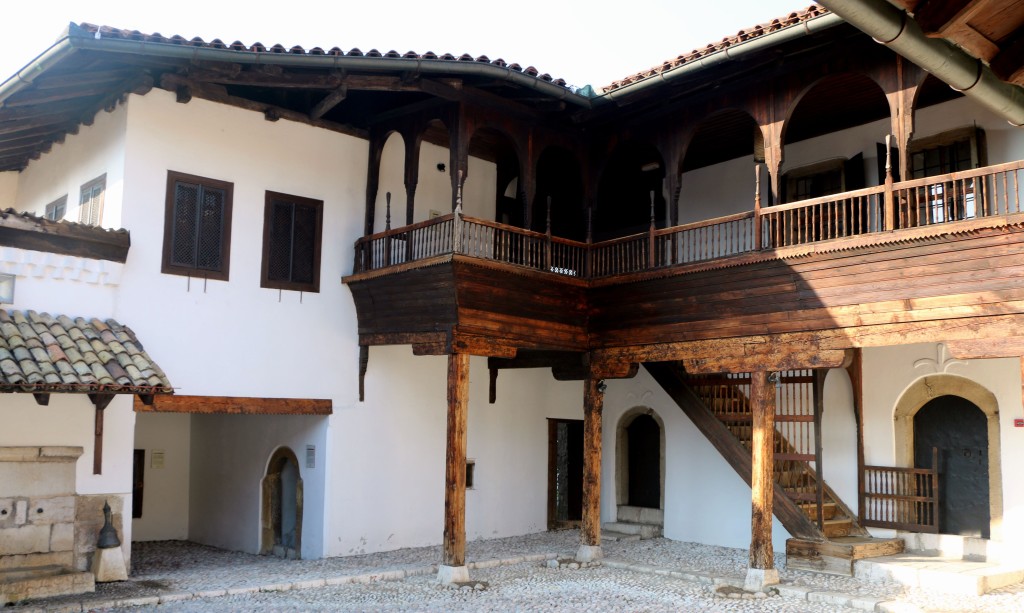 But one of the highlights of our stay in Sarajevo was Svržo’s House, certainly the most beautiful preserved example of the exceptional Sarajevo housing architecture from the Ottoman period (photo 7).
But one of the highlights of our stay in Sarajevo was Svržo’s House, certainly the most beautiful preserved example of the exceptional Sarajevo housing architecture from the Ottoman period (photo 7).
Dating from the 18th century, this museum offers an excellent insight in the life of a rich Bosnian family (photo 8). Don’t miss it!
After so many impressions, we deserved a relaxing evening. Relax is what we found in Caffe Mevlana, where we smoked a “narguile” accompanied by a glass of Turkish tea. I was astonished to see that many young people enjoy smoking a water pipe – and at the same time, I didn’t see any smart phones around… Funny, isn’t it?
Altogether, Sarajevo is really worth a visit in any time of the year. We enjoyed it and we will certainly be back!
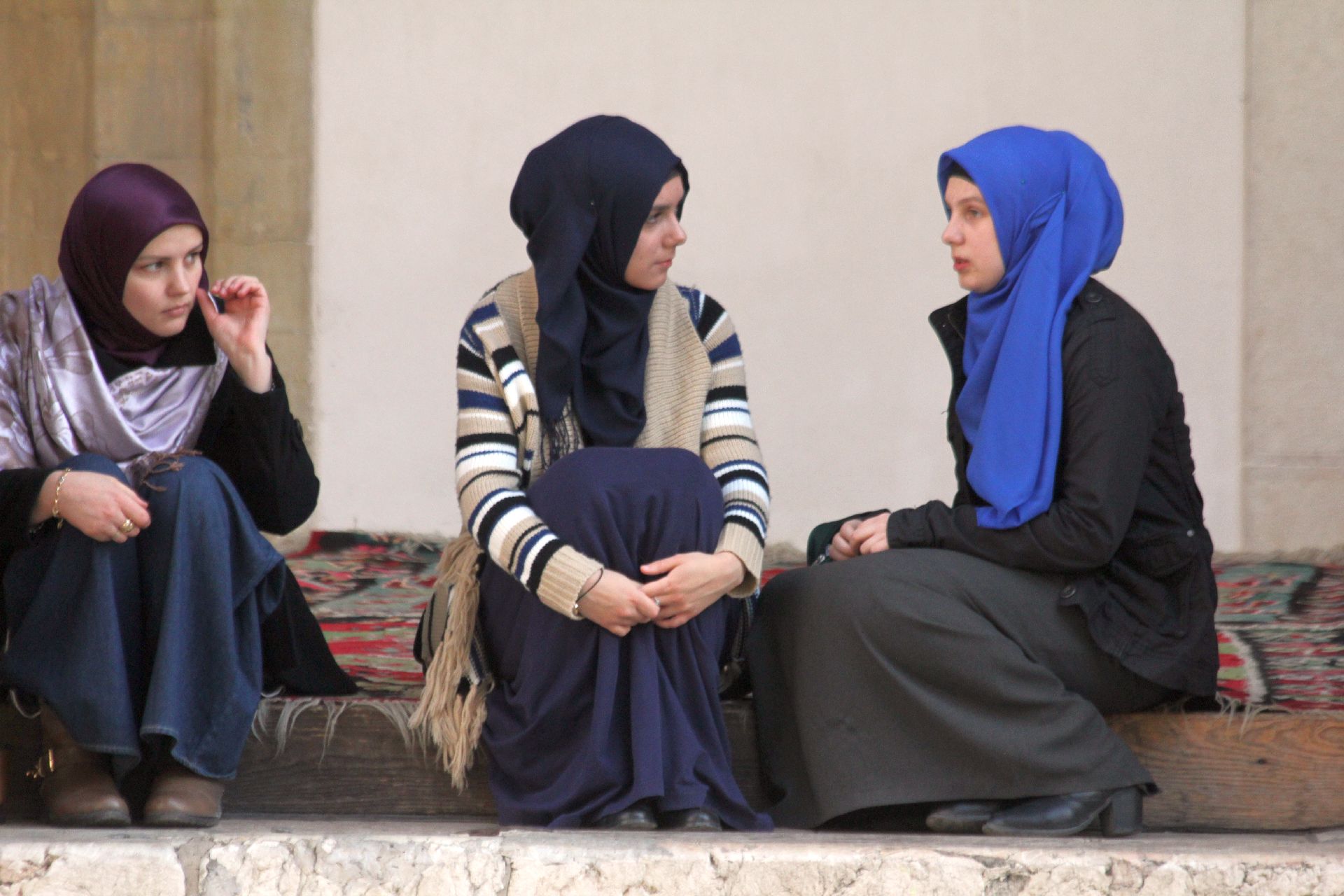
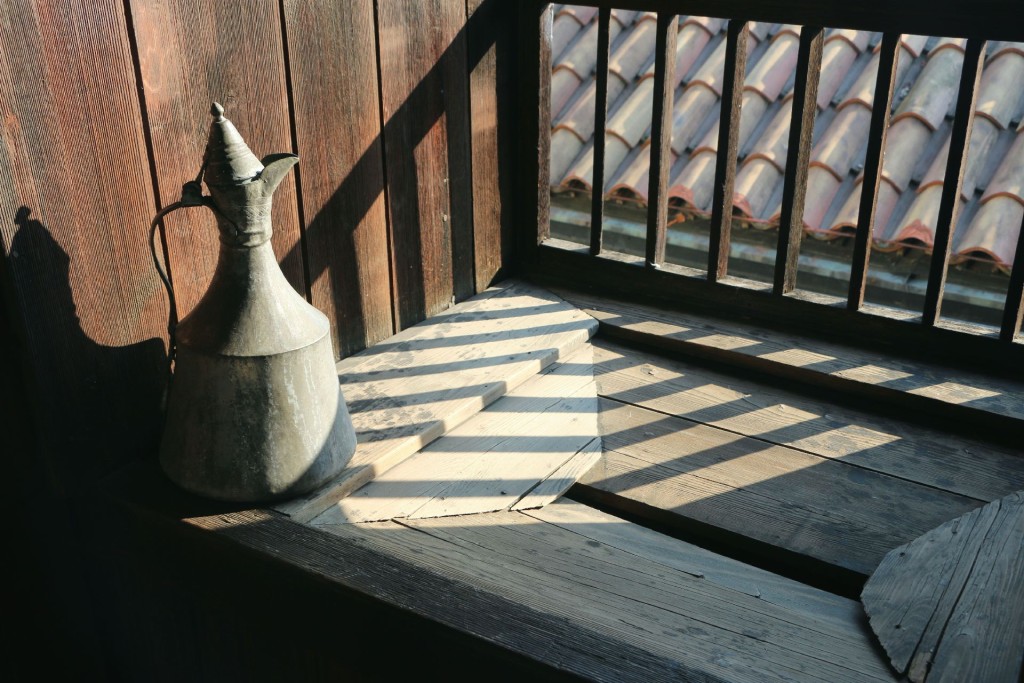
Feest van herkenning. Sarajevo is inderdaad zeer de moeite waard.
Nice write up. I love Sarajevo.